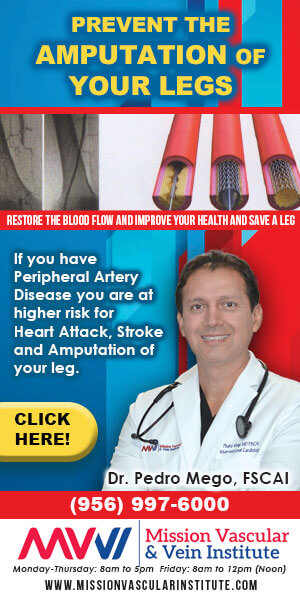
Mega Doctor News
Bleeding disorders are conditions in which the blood does not clot normally because certain proteins in the blood are missing or do not work properly. Learn the signs and symptoms and read stories of women and girls living with bleeding disorders.
Up to 1.6 million (or about 1 in every 100) women and girls in the United States have a bleeding disorder, and many are unaware of their condition. The bleeding disorder community includes people living with von Willebrand disease (VWD), hemophilia, platelet disorders, and other rare bleeding disorders (called rare factor deficiencies). While men and women can both be affected by bleeding disorders, these disorders can pose unique problems for women because of their impact on reproductive health, including heavy menstrual bleeding.
What are the signs and symptoms?
Heavy menstrual bleeding (heavy periods) is one of the most noticeable signs of a bleeding disorder in women and girls. Other signs and symptoms can include the following:
- Nosebleeds that occur for no apparent reason and last longer than 10 minutes or need nasal packing (gauze or other material inserted into the nose to control bleeding) or medical attention.
- Easy bruising that occurs with very little or no physical injury and may occur often (one to four times per month). The bruise is typically larger than the size of a quarter and has a raised lump (not flat).
- Longer-than-normal bleeding after an injury. For example, after a cut to the skin, the bleeding lasts more than 5 minutes.
- Excessive or longer-than-normal bleeding after a medical or dental procedure or during and after surgery.
- A history of muscle or joint swelling with minor or no physical injury.
- Heavy or rapid and uncontrollable bleeding after childbirth or miscarriage that requires medical treatment.
Some women who have heavy periods and/or other bleeding symptoms may not be aware that it could be a sign of a bleeding disorder. They may think that the symptoms they experience are normal if other women in their family also experience heavy bleeding. It’s important to know there could be a reason behind their bleeding symptoms and talk with their doctor.
Bleeding disorders can be treated. Talk with your doctor if you experience any of the signs and symptoms.
Untreated bleeding disorders can be dangerous and can lead to other health problems and medical procedures that could be avoided. It’s important for women to talk with their doctor if they are experiencing one or more of the signs and symptoms. Effective treatments are available to help women manage their symptoms and improve their quality of life.
The Better You Know campaign, developed by the National Hemophilia Foundation in partnership with the Centers for Disease Control and Prevention, has free resources in English and Spanish for women and girls who are experiencing symptoms but have not been diagnosed. Resources include an online risk assessment tool and menstrual chart to help women and girls learn if they might be at risk for a bleeding disorder; materials, such as a the teen brochure, to learn more about the signs and symptoms; and tools and information to help women and girls talk with their doctor about their bleeding symptoms
Read stories of women living with a bleeding disorder and learn how it has impacted their lives.
Information Source: CDC










